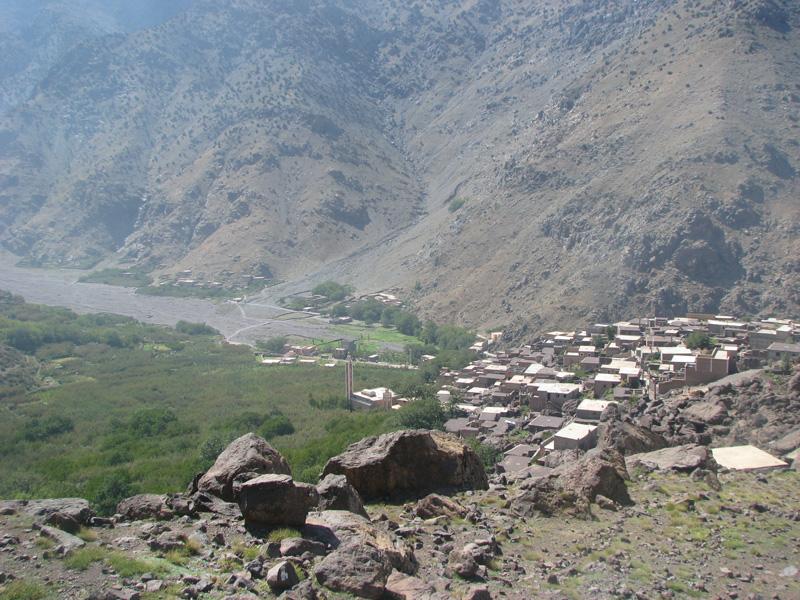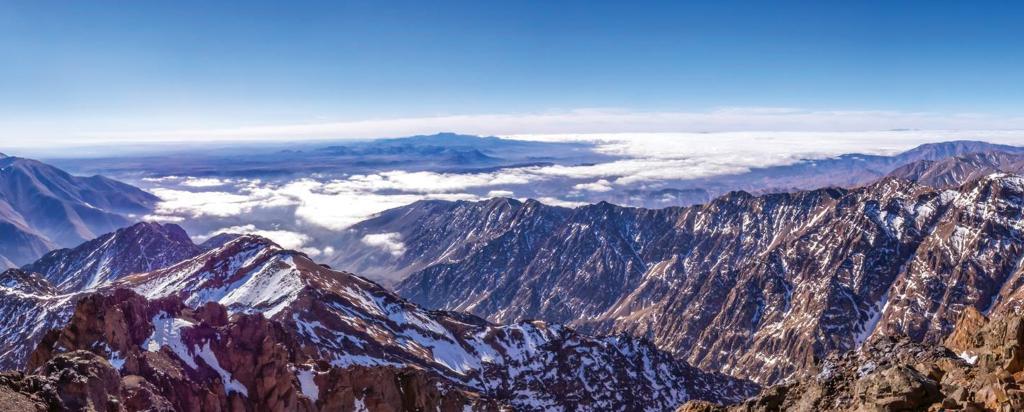

Published on the 30th August 2018 by ANSTO Staff
ANSTO is part of an international team of researchers who will benefit from a significant three-year grant given by the Leverhulme Trust in the UK to investigate glacier dynamics and environmental change in the High Atlas of Morocco.
Part of the funding has been allocated for a post- doctoral research associate who will organise data collection for cosmogenic 10Be and 36Cl from glacial moraines and polished bedrock and selection of sediments for radiocarbon dating in lake core under the supervision of ANSTO’s environmental scientist Dr David Fink.
The cosmosgenic nuclides can be used for exposure dating to re-construct climatic events and landform changes in the time frame up to 1.4 million years.
Fink has undertaken past collaborations with the chief investigators, esteemed glaciologist Prof Philip Hughes and Dr William Fletcher of Manchester University in Morocco and will act as a principal investigator.
The glacial history of the High Atlas in the past 12,000 years is poorly known and has profound importance for understanding Holocene climate variability, climate impacts on natural systems and the role of water resources in human-environment interactions.
The project will evaluate the role of Holocene glaciers as the “water towers” of the High Atlas, their sensitivity to past climatic fluctuations and their influence on environmental conditions and historical human activity in the alpine zone.
“Sampling and dating for this analysis is not trivial but we have significant experience in both locating the most suitable rocks, extracting and measuring the minute amounts of cosmogenic nuclides using accelerator mass spectroscopy.”
Fink refers to the process as ‘finding clocks in rocks’ that can determine climatic changes that occurred many thousands of years ago.
“A better understanding of past glacial activity helps us understand and anticipate future climate change scenarios all over the world.”
“It is also a unique opportunity for a post doc to travel to ANSTO and gain specialist skills in using these techniques.”
The total amount of the Leverhulme grant is approximately A$509,000.
Fink is expected to travel to Morocco for the field work in 2019 and 2020.